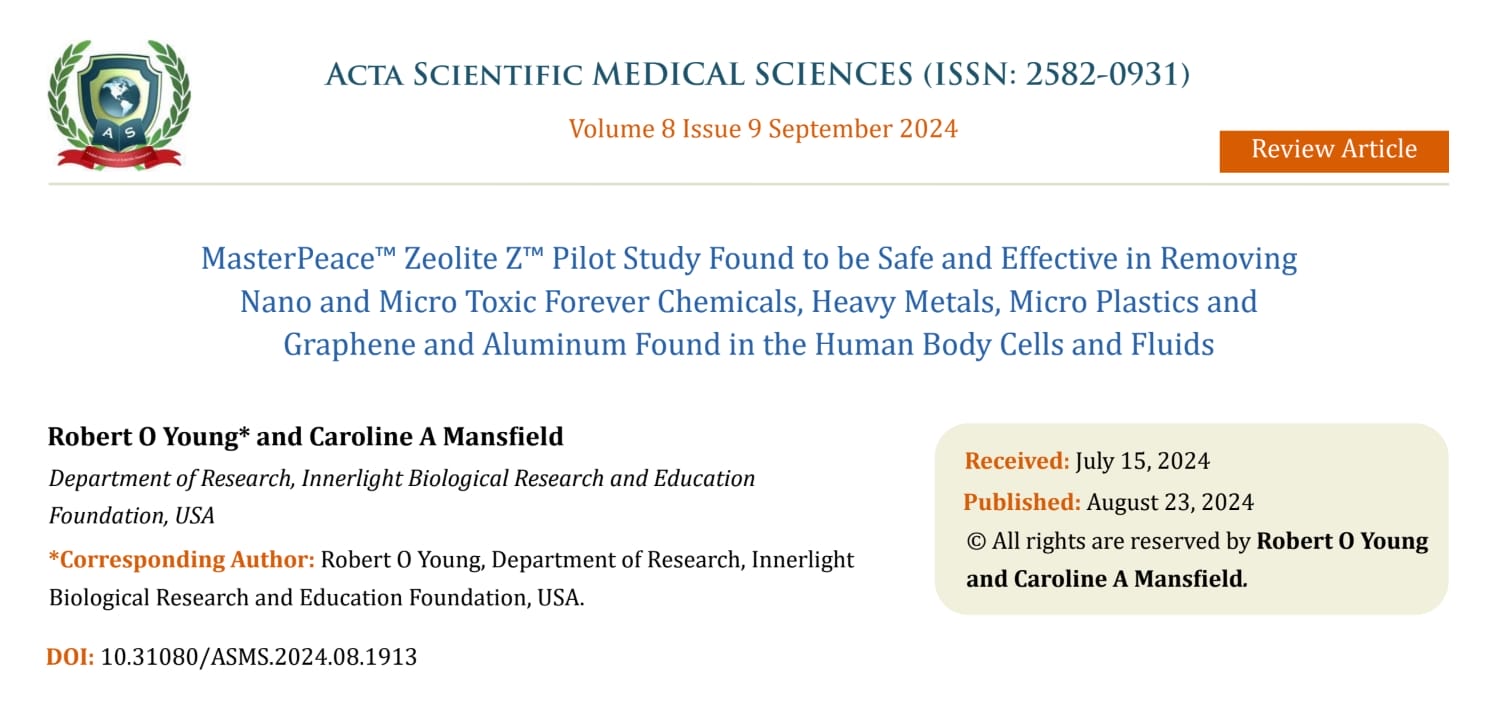500,000x Smaller Than a Human Hair: Game-Changing Electronic Biosensor – Size of a Single Molecule
Researchers from multiple Australian universities have developed an incredibly miniaturized piezoresistor, 500,000 times smaller than a human hair. This sensitive electronic component transforms force into electrical signals, holding potential for innovative applications in biosensors and health monitoring.

Breakthrough in Piezoresistor Technology
In a nationwide initiative, researchers led by Dr. Nadim Darwish from Curtin University, Professor Jeffrey Reimers from the University of Technology Sydney, Associate Professor Daniel Kosov from James Cook University, and Dr. Thomas Fallon from the University of Newcastle, have developed a piezoresistor that is about 500,000 times smaller than the width of a human hair.
Dr. Darwish said they had developed a more sensitive, miniaturized type of this key electronic component, which transforms force or pressure to an electrical signal and is used in many everyday applications.
Potential Applications and Features
“Because of its size and chemical nature, this new type of piezoresistor will open up a whole new realm of opportunities for chemical and biosensors, human-machine interfaces, and health monitoring devices,” Dr. Darwish said.
“As they are molecular-based, our new sensors can be used to detect other chemicals or biomolecules like proteins and enzymes, which could be game-changing for detecting diseases.”
Scientific Basis Behind the Development
Dr. Fallon said the new piezoresistor was made from a single bullvalene molecule that when mechanically strained reacts to form a new molecule of different shape, altering electricity flow by changing resistance.
“The different chemical forms are known as isomers, and this is the first time that reactions between them have been used to develop piezoresistors,” Dr. Fallon said.
“We have been able to model the complex series of reactions that take place, understanding how single molecules can react and transform in real-time.”
Implications for Molecular Electronics
Professor Reimers said the significance of this was the ability to electrically detect the change in the shape of a reacting molecule, back and forth, at about once every 1 millisecond.
“Detecting molecular shapes from their electrical conductance is a whole new concept of chemical sensing,” Professor Reimers said.
Associate Professor Kosov said understanding the relationship between molecular shape and conductivity will allow basic properties of junctions between molecules and attached metallic conductors to be determined.
“This new capability is critical to the future development of all molecular electronics devices,” Associate Professor Kosov said.
What comes to mind after reading this article is found in Ecclesiastes 7:29 “Lo, this only have I found, that God hath made man upright, but they have sought out many inventions.”
Reference:
“Controlling piezoresistance in single molecules through the isomerisation of bullvalenes” by Jeffrey R. Reimers, Tiexin Li, André P. Birvé, Likun Yang, Albert C. Aragonès, Thomas Fallon, Daniel S. Kosov and Nadim Darwish, 3 October 2023, Nature Communications. DOI: 10.1038/s41467-023-41674-z



